#california landscape
Text

Leave the light on for me
Placerville, CA
#postofdee#witchcraft#witch#autumn aesthetic#autumn vibes#fall vibes#foggy fall#autumn fog#autumn#autumn foliage#iphone 14 pro#iphonography#foggy landscape#california landscape#placerville#plant magic#california coast#foggy forest#goddess worship#holisitc#landscape photography#magick#nature landscape#photogram#retrograde#spooky#i want to be here#winter vibes#winter landscape#z
33 notes
·
View notes
Text

#california landscape#seascape#sea cliffs#pacific ocean#ocean waves#yucca#prickly pear#opuntia#succulents and cacti#torrey pines
21 notes
·
View notes
Photo

Fall colors are just about at its prime where we live in Northern California. I’ve been waiting for this scene to “ripen” for the past few weeks and wow it didn’t disappoint.
Just want to remind other artists that you don’t need to venture far to find beauty. Sometimes you might feel like you need to escape to the big national parks with iconic landscapes in order to get a decent painting, but when I think of the artwork that steal my heart it’s usually just an appreciation of the every day and relatable scenes.
#plein air#plein air painting#gouache painting#gouache#painting#autumn colors#autumn#fall colors#fine art#california landscape#urban landscape
30 notes
·
View notes
Text
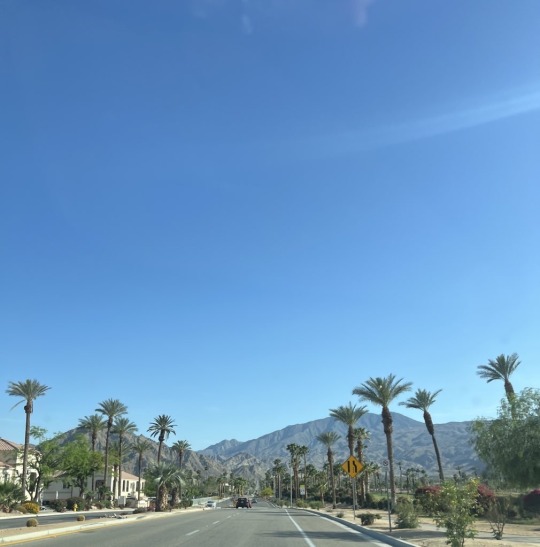

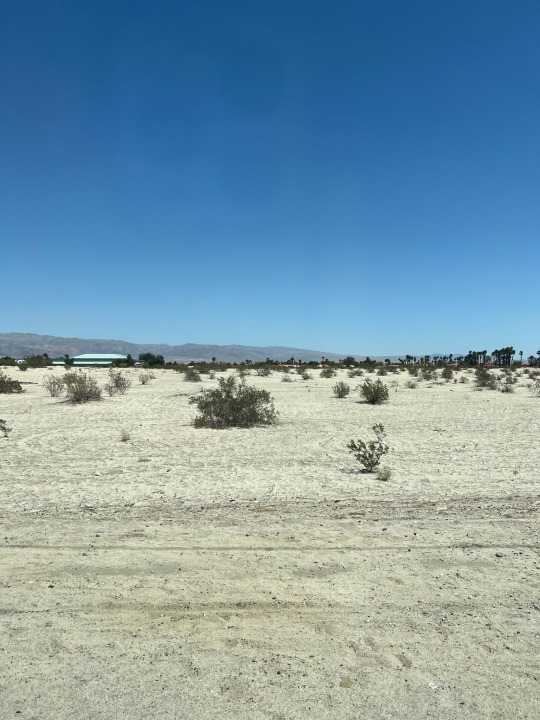
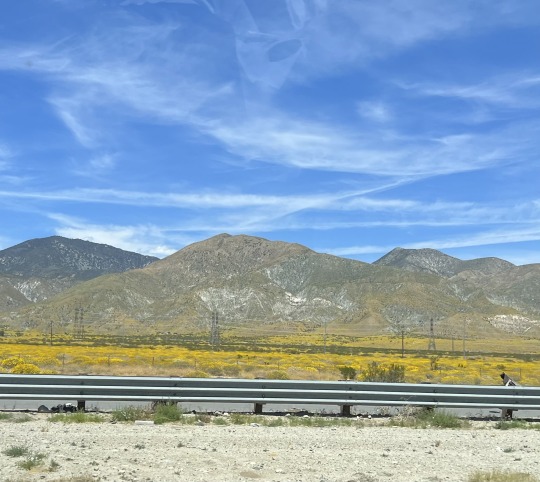
🌴 SoCal Aesthetic 🌴
#SoCal#southern california#california#californication#landscape#california landscape#photography#sunset#desert
5 notes
·
View notes
Text

MacKerricher State Park Sunset | Fort Bragg CA | As Old Sol slid into the Pacific, he stretched and distorted into a spinning top. The final distortion resembled a carrot wearing a hat.
#MacKerricher State Park#Fort Bragg CA#northern california#california landscape#sunset#pacific coast highway#original photographer
2 notes
·
View notes
Text

How I wish I could paint this masterpiece I took with my outdated phone and just live in it 😌
#california#landscape#photoart#landscapephotography#rainyday#california landscape#nature#naturelandscape#cottagecore#winter#goth#goth girl#silly art tag
5 notes
·
View notes
Text
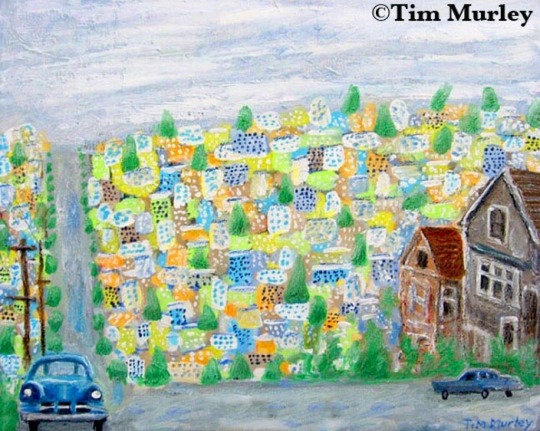
Foggy day over Noe valley. 🚙☁️(mixed media on canvas-commissions open)🌫☁️
#san francisco#san fransisco 49ers#san franciso bay#san fransisco lovers#sf#Noe valley#Castro#plein air#plein air painting#folk art#foggy#fog#foggy day#hills#steep hill#cityscape#cityscape painting#california landscape#california artist#California art#northern california#urban sketch#urban sketchers#urban landscape#urban sketching#san francisco ca#modern art#david hockney#grandma moses#art for sale
0 notes
Text

as the wind blows; antelope valley, california
instagram - twitter - website
#photographers on tumblr#artists on tumblr#landscape#nature#flowers#sunset#summer#meadow#art#original photographers#floral#wildflowers#aesthetic#pastel#evening#naturecore#wind#grass#california#gif#cinemagraph#plants#leah berman#photography
17K notes
·
View notes
Text

Saturn’s return. Taken by me. Santa Cruz Island, CA.
#postofdee#witchcraft#witch#autumn aesthetic#autumn vibes#fall vibes#foggy fall#foggy forest#foggy landscape#foggy mountains#fog#foggy#foggy aesthetic#foggymorning#big sur california#california coast#california#california landscape#central california#californication#spring landscape#spring aesthetic#spring#spring flowers#Santa Cruz island#Channel Islands#iphone photography
153 notes
·
View notes
Text
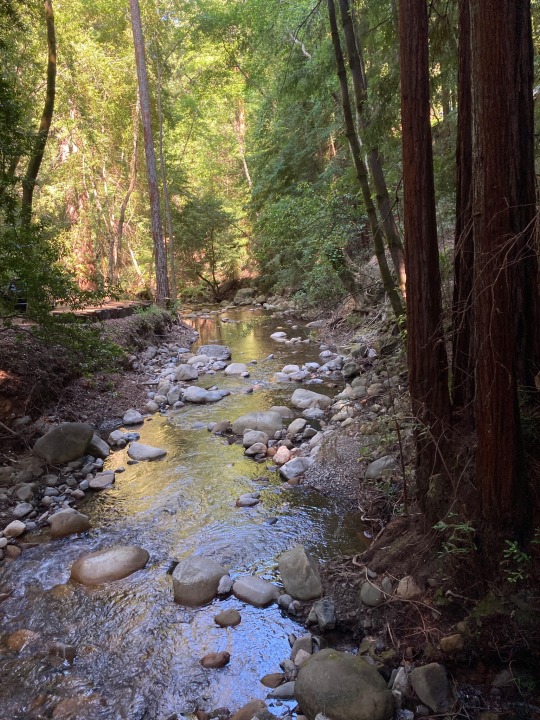
#forest stream#creek#woods#forest#california landscape#coastal redwoods#sequoia#sunlight through trees#sveadal#uvas canyon
81 notes
·
View notes
Text
As relentless rains pounded LA, the city’s “sponge” infrastructure helped gather 8.6 billion gallons of water—enough to sustain over 100,000 households for a year.
Earlier this month, the future fell on Los Angeles. A long band of moisture in the sky, known as an atmospheric river, dumped 9 inches of rain on the city over three days—over half of what the city typically gets in a year. It’s the kind of extreme rainfall that’ll get ever more extreme as the planet warms.
The city’s water managers, though, were ready and waiting. Like other urban areas around the world, in recent years LA has been transforming into a “sponge city,” replacing impermeable surfaces, like concrete, with permeable ones, like dirt and plants. It has also built out “spreading grounds,” where water accumulates and soaks into the earth.
With traditional dams and all that newfangled spongy infrastructure, between February 4 and 7 the metropolis captured 8.6 billion gallons of stormwater, enough to provide water to 106,000 households for a year. For the rainy season in total, LA has accumulated 14.7 billion gallons.
Long reliant on snowmelt and river water piped in from afar, LA is on a quest to produce as much water as it can locally. “There's going to be a lot more rain and a lot less snow, which is going to alter the way we capture snowmelt and the aqueduct water,” says Art Castro, manager of watershed management at the Los Angeles Department of Water and Power. “Dams and spreading grounds are the workhorses of local stormwater capture for either flood protection or water supply.”
Centuries of urban-planning dogma dictates using gutters, sewers, and other infrastructure to funnel rainwater out of a metropolis as quickly as possible to prevent flooding. Given the increasingly catastrophic urban flooding seen around the world, though, that clearly isn’t working anymore, so now planners are finding clever ways to capture stormwater, treating it as an asset instead of a liability. “The problem of urban hydrology is caused by a thousand small cuts,” says Michael Kiparsky, director of the Wheeler Water Institute at UC Berkeley. “No one driveway or roof in and of itself causes massive alteration of the hydrologic cycle. But combine millions of them in one area and it does. Maybe we can solve that problem with a thousand Band-Aids.”
Or in this case, sponges. The trick to making a city more absorbent is to add more gardens and other green spaces that allow water to percolate into underlying aquifers—porous subterranean materials that can hold water—which a city can then draw from in times of need. Engineers are also greening up medians and roadside areas to soak up the water that’d normally rush off streets, into sewers, and eventually out to sea...
To exploit all that free water falling from the sky, the LADWP has carved out big patches of brown in the concrete jungle. Stormwater is piped into these spreading grounds and accumulates in dirt basins. That allows it to slowly soak into the underlying aquifer, which acts as a sort of natural underground tank that can hold 28 billion gallons of water.
During a storm, the city is also gathering water in dams, some of which it diverts into the spreading grounds. “After the storm comes by, and it's a bright sunny day, you’ll still see water being released into a channel and diverted into the spreading grounds,” says Castro. That way, water moves from a reservoir where it’s exposed to sunlight and evaporation, into an aquifer where it’s banked safely underground.
On a smaller scale, LADWP has been experimenting with turning parks into mini spreading grounds, diverting stormwater there to soak into subterranean cisterns or chambers. It’s also deploying green spaces along roadways, which have the additional benefit of mitigating flooding in a neighborhood: The less concrete and the more dirt and plants, the more the built environment can soak up stormwater like the actual environment naturally does.
As an added benefit, deploying more of these green spaces, along with urban gardens, improves the mental health of residents. Plants here also “sweat,” cooling the area and beating back the urban heat island effect—the tendency for concrete to absorb solar energy and slowly release it at night. By reducing summer temperatures, you improve the physical health of residents. “The more trees, the more shade, the less heat island effect,” says Castro. “Sometimes when it’s 90 degrees in the middle of summer, it could get up to 110 underneath a bus stop.”
LA’s far from alone in going spongy. Pittsburgh is also deploying more rain gardens, and where they absolutely must have a hard surface—sidewalks, parking lots, etc.—they’re using special concrete bricks that allow water to seep through. And a growing number of municipalities are scrutinizing properties and charging owners fees if they have excessive impermeable surfaces like pavement, thus incentivizing the switch to permeable surfaces like plots of native plants or urban gardens for producing more food locally.
So the old way of stormwater management isn’t just increasingly dangerous and ineffective as the planet warms and storms get more intense—it stands in the way of a more beautiful, less sweltering, more sustainable urban landscape. LA, of all places, is showing the world there’s a better way.
-via Wired, February 19, 2024
#california#los angeles#water#rainfall#extreme weather#rain#atmospheric science#meteorology#infrastructure#green infrastructure#climate change#climate action#climate resilient#climate emergency#urban#urban landscape#flooding#flood warning#natural disasters#environmental news#climate news#good news#hope#solarpunk#hopepunk#ecopunk#sustainability#urban planning#city planning#urbanism
13K notes
·
View notes
Photo

Orange County Stucco
Large modern gray two-story stucco exterior home idea with a metal roof and a gray roof
0 notes
Text



Yosemite comes to life at sunrise
#yosemite#half dome#el capitan#yosemite valley#sierra Nevadas#aimeekb#sunrise#lesbians who hike#me and my boots against the world#nature#forest#adventure#hiking#travel#mountains#california#explore#landscape#water reflection
12K notes
·
View notes
Photo

Above Ground - Contemporary Pool
Picture of a small contemporary backyard with a rectangular above-ground hot tub
0 notes
Photo
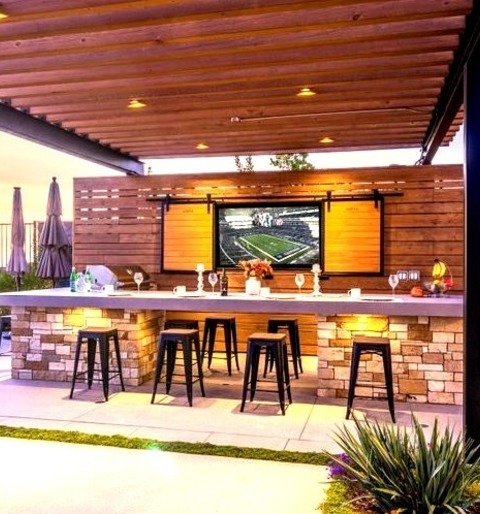
Outdoor Kitchen Orange County
Image of a pergola in a medium-sized, minimalist backyard with a concrete patio kitchen.
#elegant#california landscape#porcelain counter top#view garden#metal pergola#large format porcelain slab#beautiful
0 notes